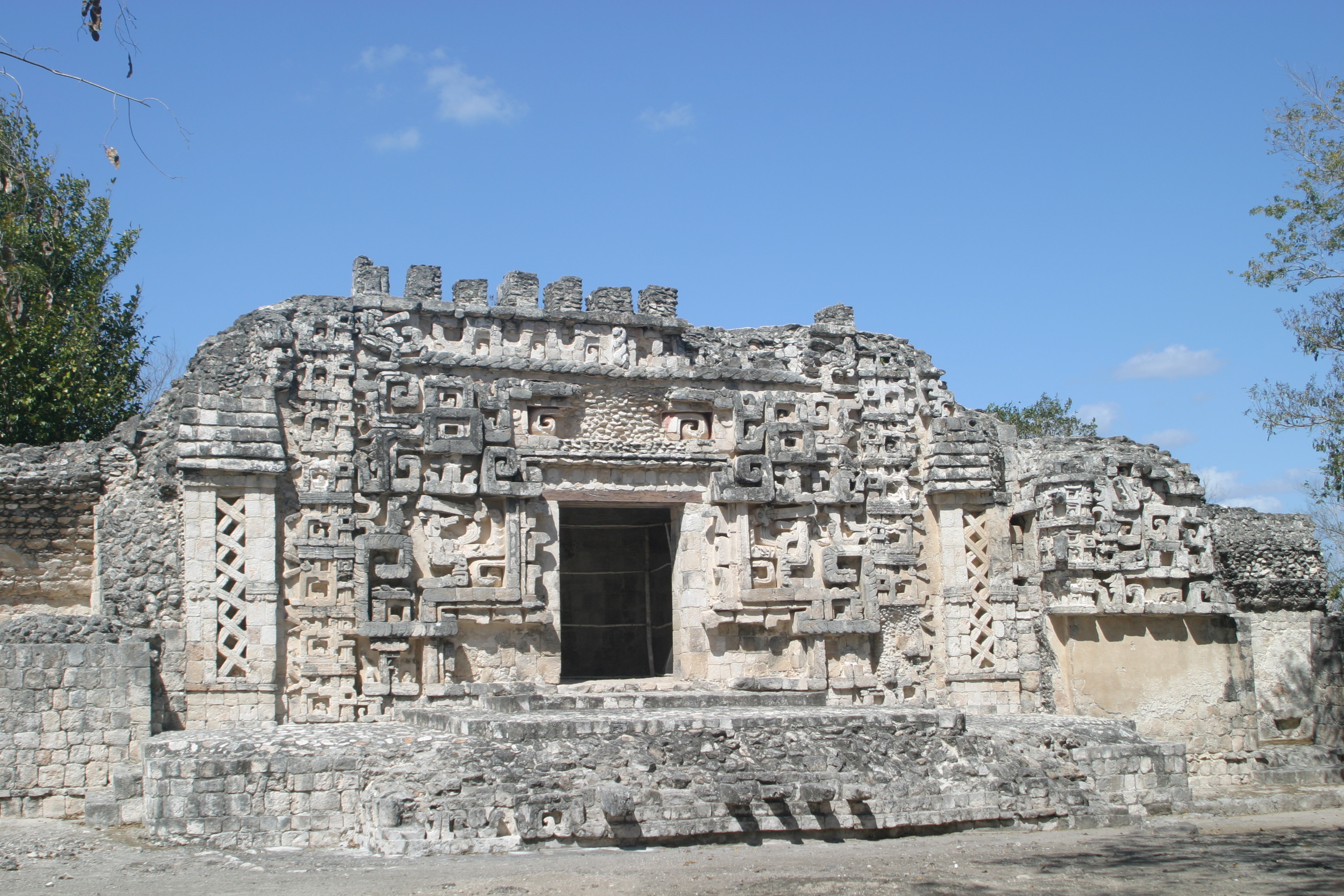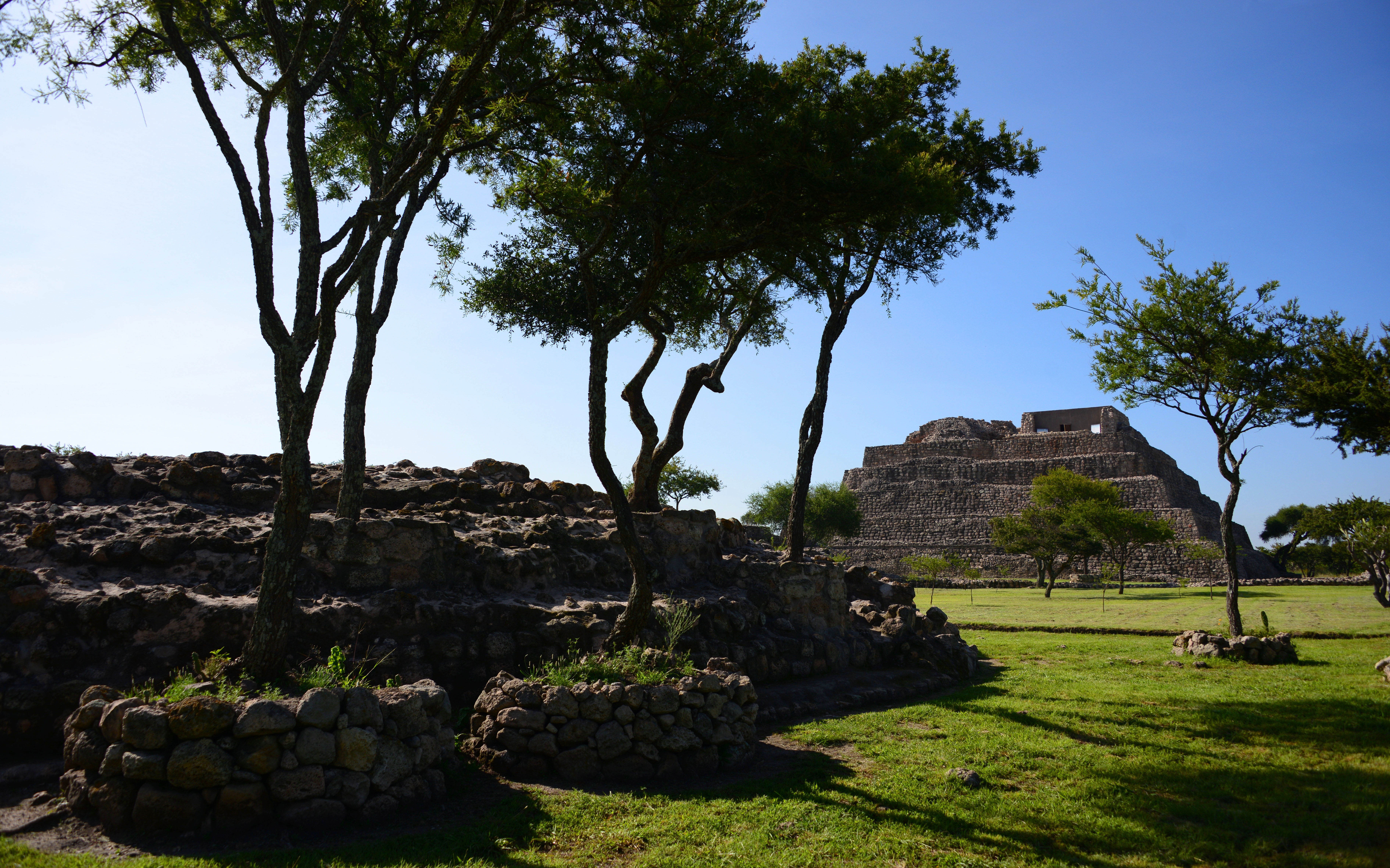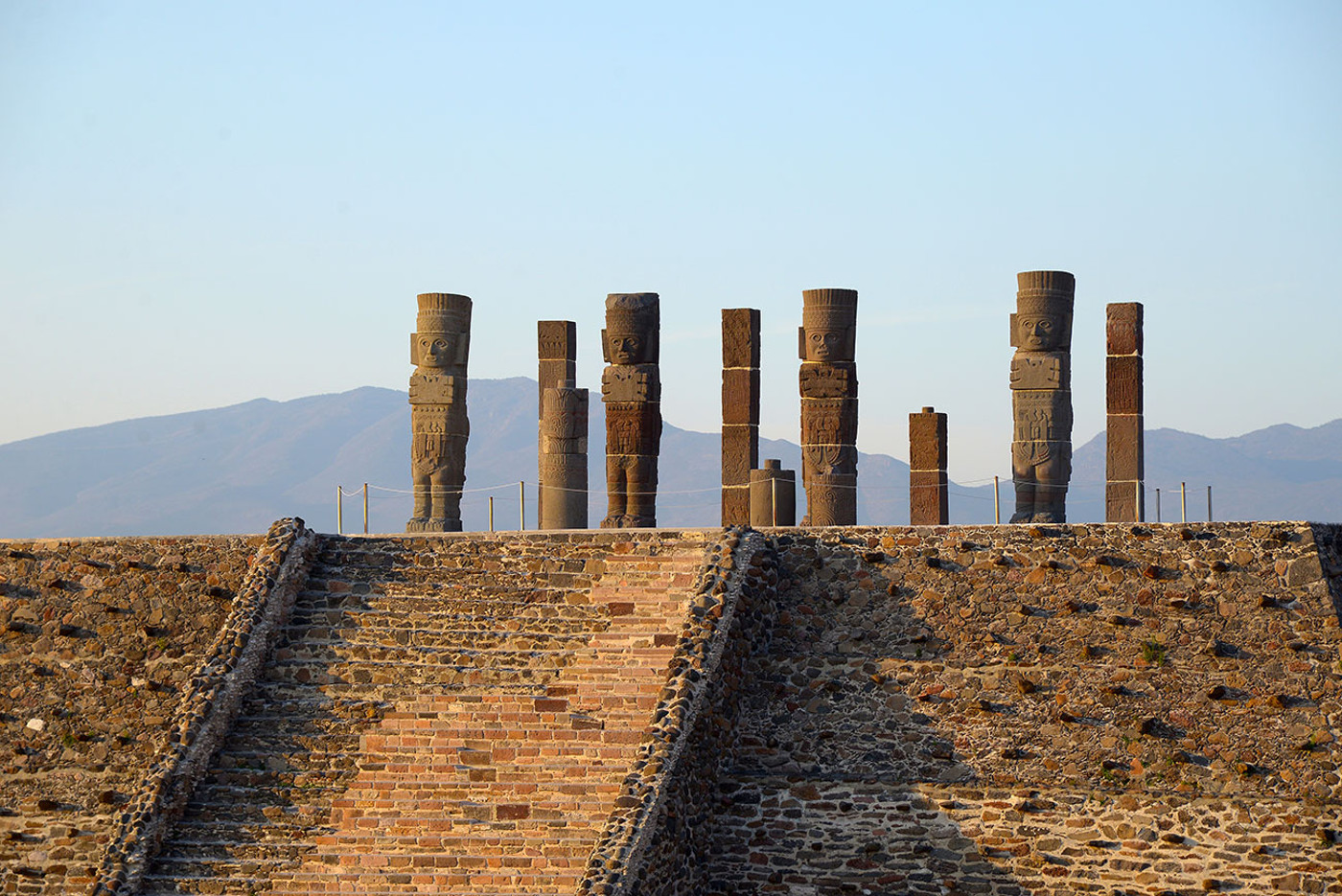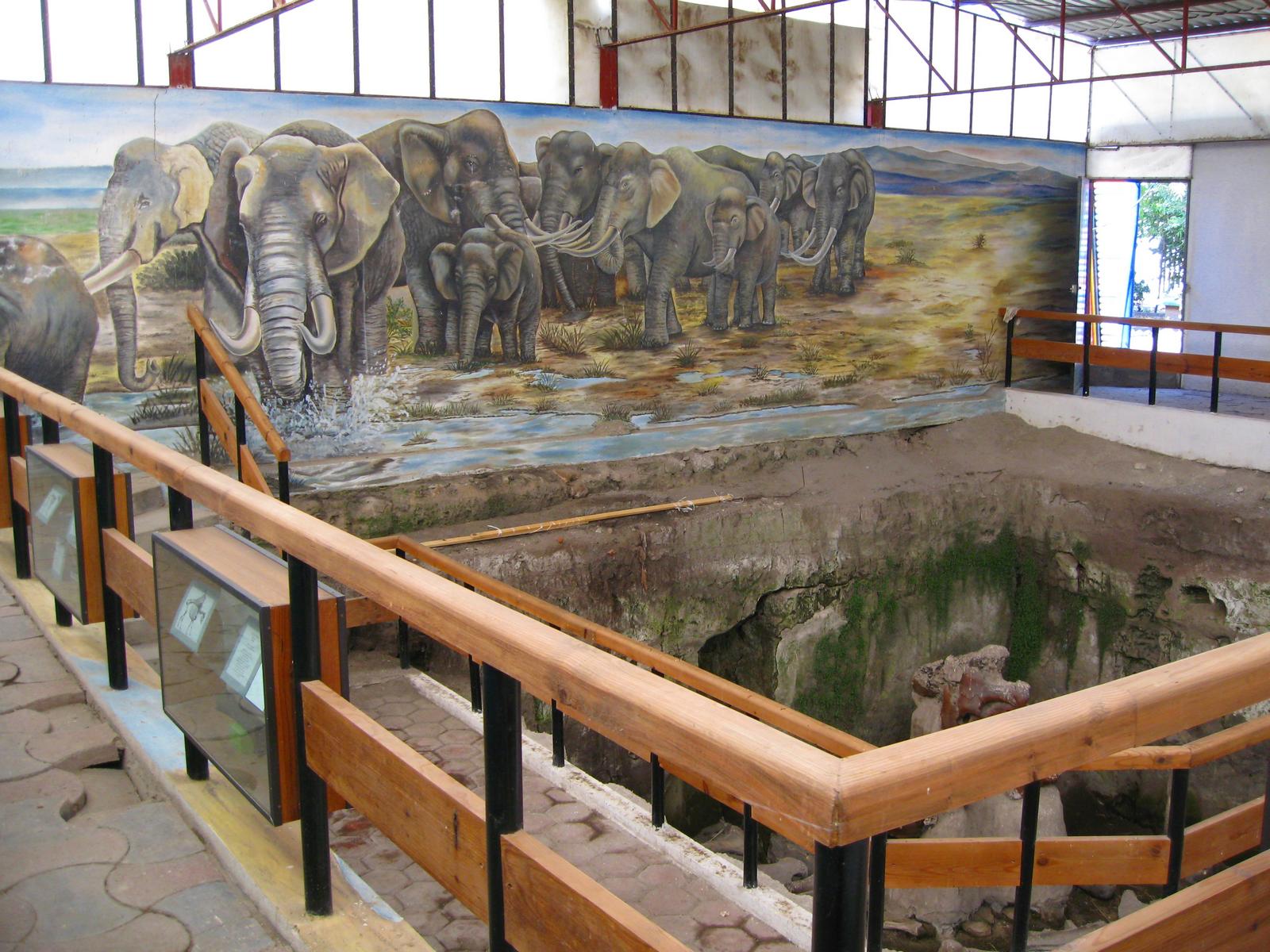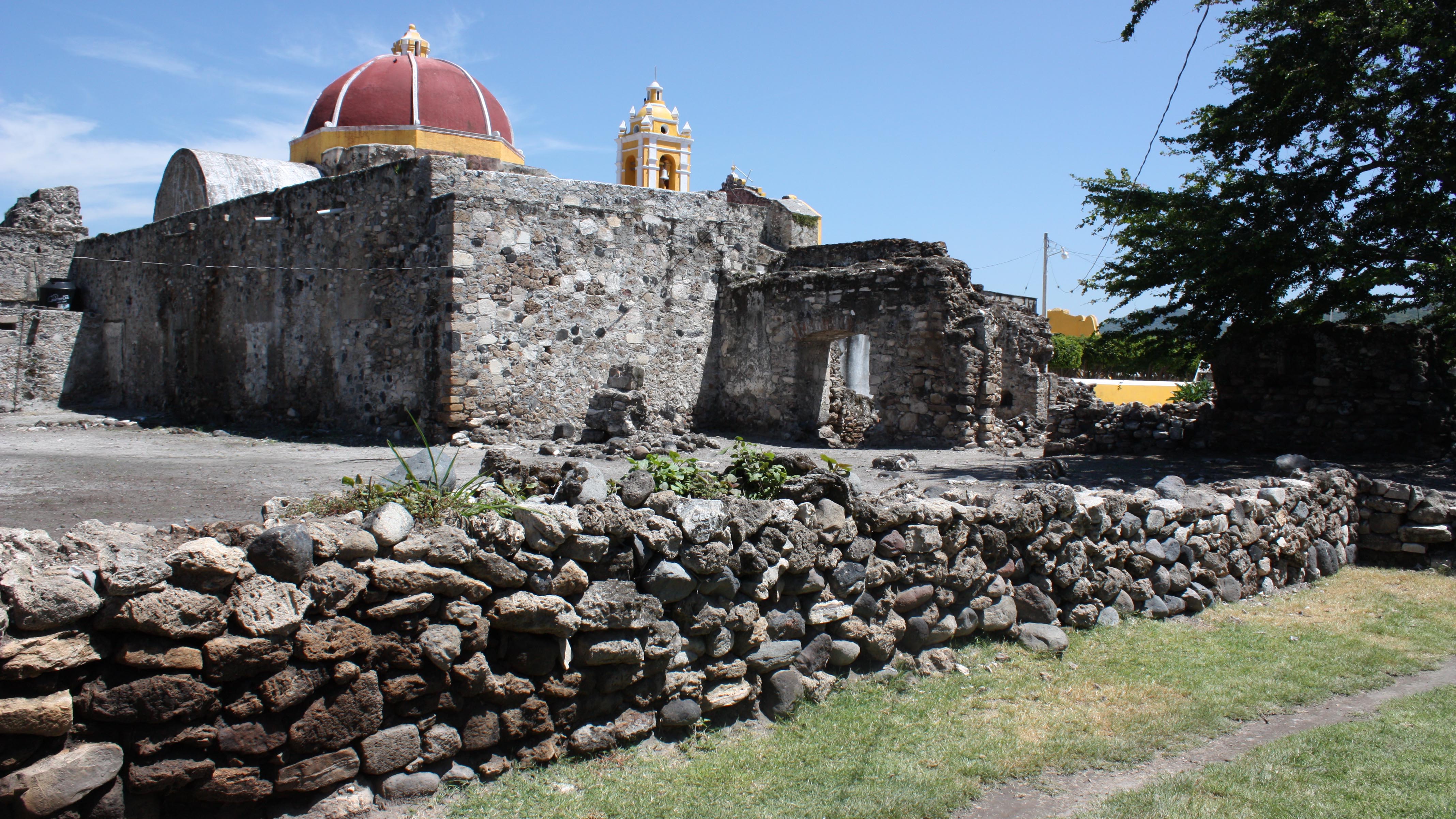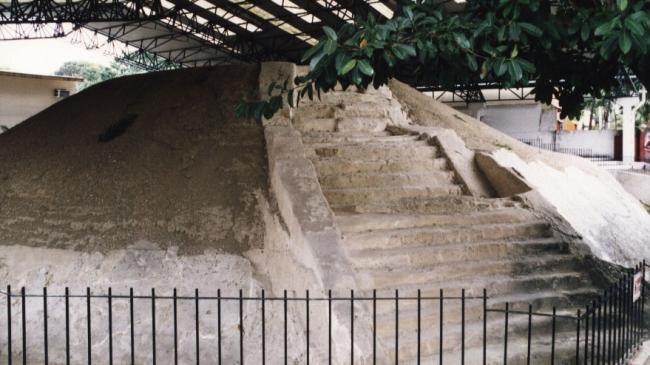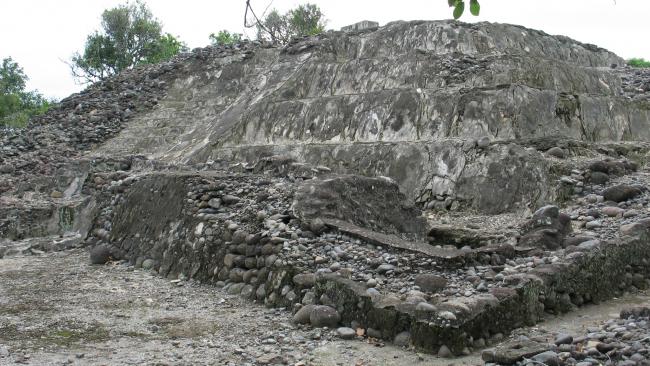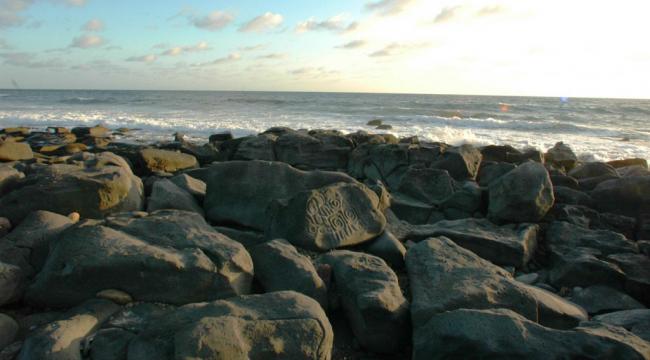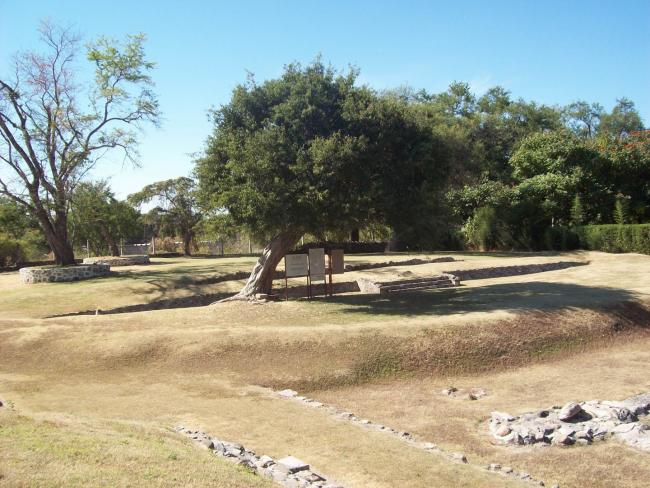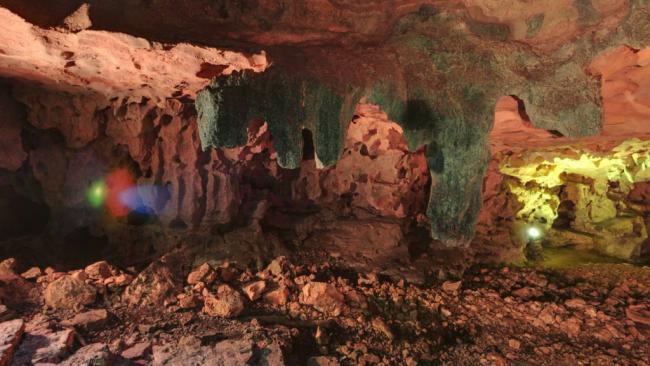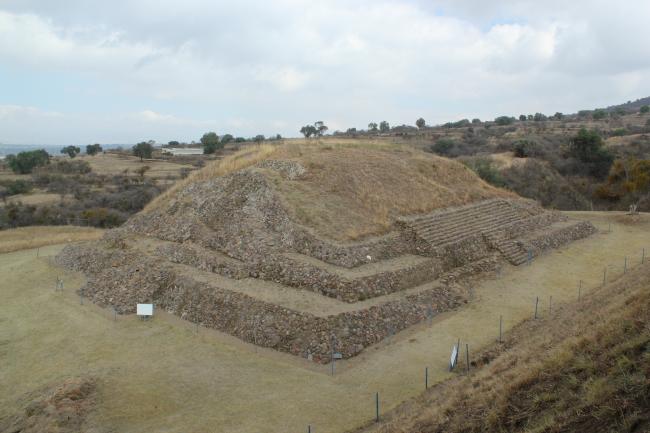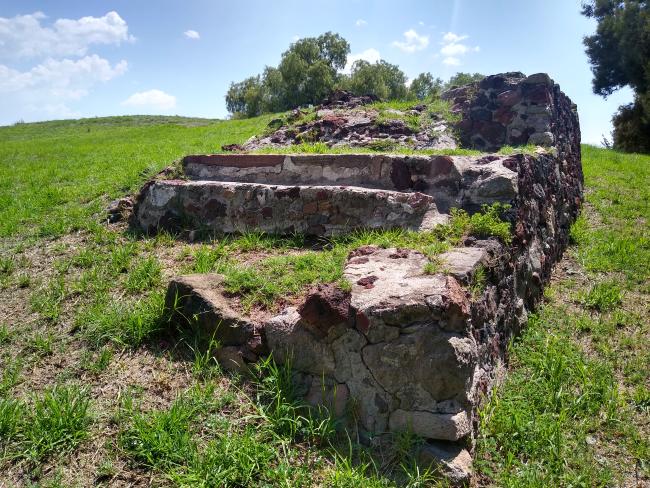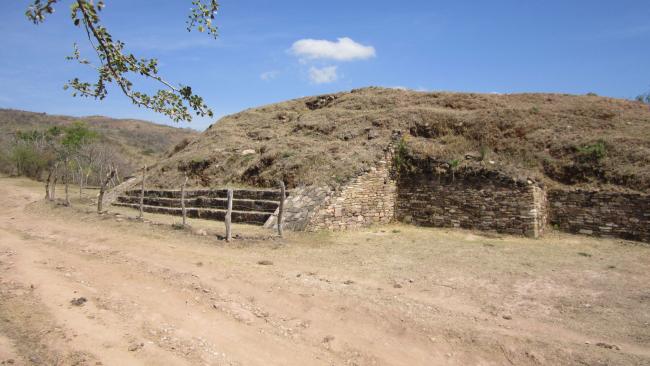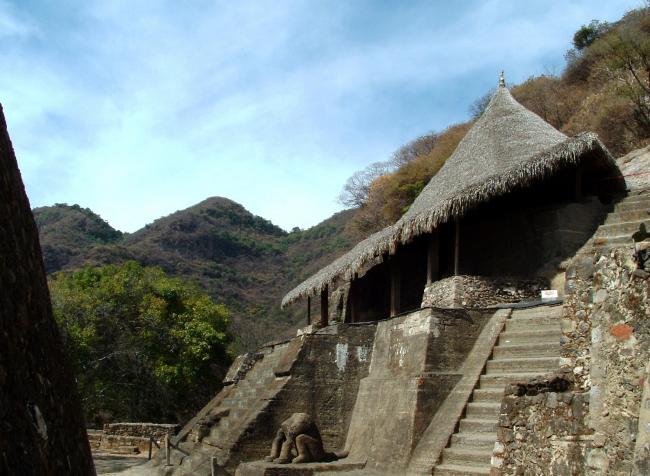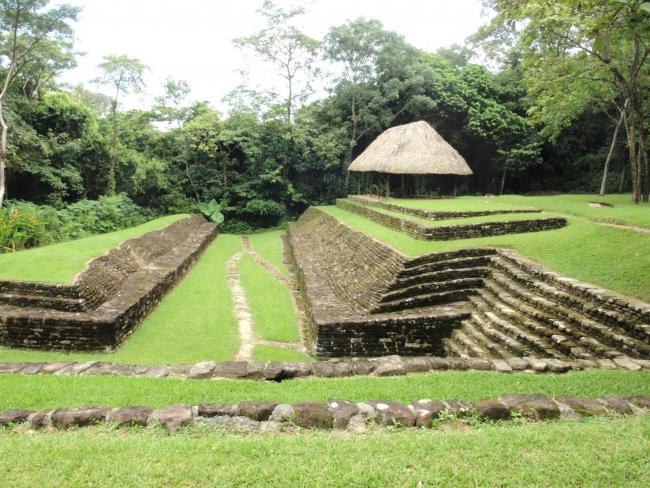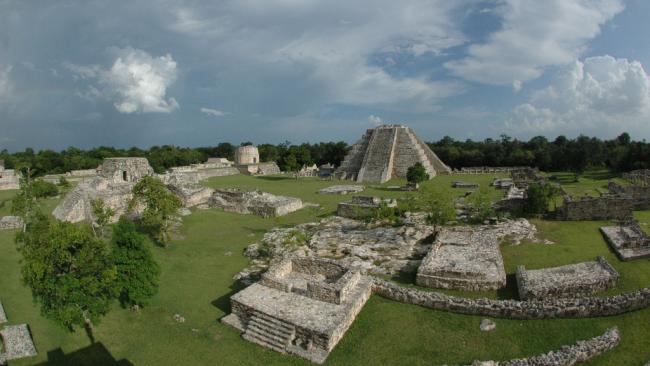
Zonas Arqueológicas
Las Flores
This ancient Huasteca city (1000 – 1250 AD) is situated in the urban area of Tampico, whose growth has destroyed most of the site. However, there still remains the remarkable Pyramid of the Flowers, the study of which has thrown light on this culture.
Las Higueras
The greatest legacy of Totonac art. This site flourished between 600 and 900, and offers a unique insight into the development of the area's people through the astonishing murals of ritual scenes, temples, people, animals and symbols painted on the walls of its structures.
Las Labradas
An extraordinary testimony to the ancient inhabitants, unique not only because of the beach location, but because of the more than 700 rock carvings on volcanic boulders. The motifs of plants, flowers, animals and geometric figures are undamaged by the sea.
Las Pilas
Surrounded by springs, its inhabitants were highly adept in the management of underground water and they built a complex system of channels for collecting and storing water. It was a site for the worship of water, with remarkable burials in the channels.
Loltún
These caves provide a fascinating experience. Galleries and natural formations, with stone paintings and carvings, allow visitors a vision of primitive people in the region, and the domestication of plants and animals, until they became sedentary. The site dates back to 9000 BC.
Los Cerritos de San Cristóbal Tepatlaxco
Located very close to San Martín Texmelucan, the origin of the early settlers is unknown. A fortified site with a strong Olmec influence, it maintained trade relations with a number of villages in the Puebla-Tlaxcala valley. Most notable are the plinths built on the edge of the ravines.
Los Melones
Here lie the ruins of the great city of Texcoco, capital of Acolhuacan (660 to 1521), where once stood the poet king Nezahualcóyotl's palace. Nowadays, only a small architectural complex remains, which allows us to admire the skill of its inhabitants at cutting and maneuvering enormous blocks of…
Los Reyes Acaquilpan
This is a small settlement that was subjugated by the Acolhua. It maintains a westward-facing pyramid, which is unusual for Mesoamerica and leads us to suppose that it was dedicated to Huitzilopochtli. There are rooms next to the pyramid in which the rulers lived.
Los Tepoltzis
Its location on top of one of the hills close to the town of Tixtla leads us to believe that this small ceremonial center was dedicated to the rain god. The skill of its inhabitants in working stone is patent in the masks and figurines they left at this site.
Malinalco
This site is unique in Mesoamerica, as it was carved in one piece out of an enormous rock on the edge of a cliff for military initiation purposes. The site was created by the Mexica not long before the Spanish conquest, and is dedicated to the initiation of Eagle and Jaguar-Ocelot warriors. It…
Malpasito
This site is characteristic of the Zoque culture, close to the Olmec and the Maya, but different. Thirteen hundred years ago its founders flattened the irregular terrain and formed artificial terraces on which to erect their delicate constructions, as well as producing fine pottery.
Mayapán
The last great city of the ancient Maya, walled, reminiscent of Chichen Itza once it had fallen. With a population of up to 12,000, founded 1,300 years ago, buildings with significant Maya-Toltec influence but with its own style, and an unexpected mural painting of great value.





